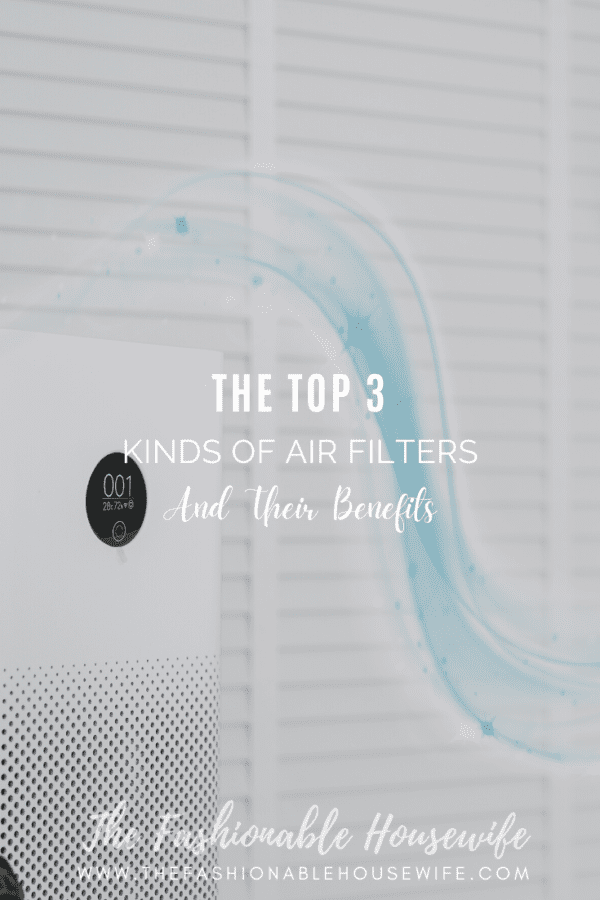
The air filter in your home’s furnace, air conditioner, or heat pump is a crucial component of your home’s HVAC system, yet it’s often forgotten. Even though air filters may appear to be nothing more than enormous cardboard boxes stuffed with fibers or pleated material, they impact the performance of HVAC equipment and other key aspects of the indoor environment. This article will briefly introduce air filters, the three most common types available on the market, and their benefits.
The Function of Air Filters
The typical components of an air filter are spun fiberglass material, pleated paper or cloth encased in a cardboard frame, or spun fiberglass material. Filters can capture and store a wide variety of particles and pollutants, any of which could harm your health or comfort, including the following:
- Dust and dirt
- Mold and mold spores
- Pollen
- Fibers and lint
- Hair and animal fur
- Metal, plaster, or wood particles
- Bacteria and microorganisms
In most cases, filtration occurs when exhausted air is recirculated through the HVAC system to be conditioned and disseminated. Because the air is pushed to pass through the filter, the material within the filter can remove particles and other impurities from the air.
Top Three Filter Types and Their Benefits
Selecting the appropriate filter for your needs is dependent on the component of the air that has to be cleaned. Some other aspects should be considered, including the cost and size of the filter. Before choosing a 16x20x1 air filter, it’s best to consult with an HVAC expert first.
HEPA Filters
HEPA filters remove up to 99.97% of airborne allergens and pollutants, including mold spores and dust that are as small as 0.3 microns. HEPA filters can eliminate even the tiniest microns or airborne particles, such as bacteria and cigarettes.
Benefit: People who suffer from allergies or other respiratory conditions may be the ones who gain the most from using HEPA filters as it guarantees maximum dust removal.
UV Filters
This filter type uses short-wave ultraviolet radiation to eliminate harmful microorganisms, including bacteria and viruses. The UV lamps in the HVAC system emit germicidal radiation, sterilizing the air as it moves through the system.
Benefit: UV filters have the potential to destroy a wide variety of microorganisms. Mold spores are one of the sorts of germs that can be rendered harmless by their usage.
Electrostatic Filters
Electrostatic filters are made by using small fibers of cotton and paper to generate static electricity, which then acts as a magnet for dust and other airborne particles. Since the magnetism is powerful enough to prevent the particles from dispersing throughout your home, these filters are one of the greatest options available to people who require a filter that can combat allergens.
Benefit: These filters are among the most cost-efficient solutions available on the market, and this is true whether you go with the disposable or reusable version of the product.
It is also possible to purchase other filters like washable, media, spun glass, and pleated filters. These filters are equally efficient. Choosing which ones to buy depends heavily on your air filtration needs and budget.
Final Takeaway
When you are outside, there is not much you can do to protect yourself against allergies, but you should prioritize creating an environment in your house that is as allergy-free as possible. Buying the right air filter is one of the most efficient ways to keep the air clean.



